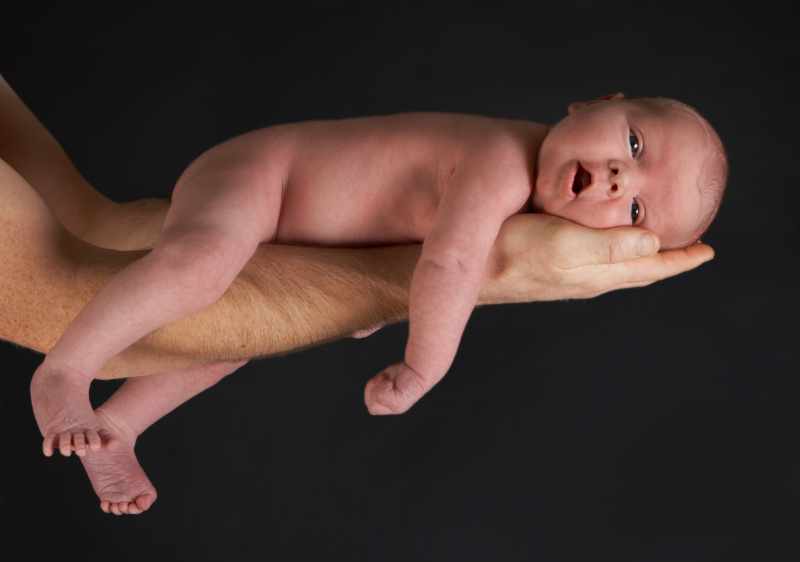Though India has made “profound” progress in inching closer to the Millennium Development Goal 2015 (MDG) of a 75 percent reduction in the maternal mortality ratio (MMR), thrust should be on information technology (IT)-enabled interventions aiding non-physician workers at the grass-roots to ensure continuance post-2015, say experts.
 In 2000, the Millennium Development Goals (MDGs) were established by the UN to free people from extreme poverty and multiple deprivations by 2015. Of the eight MDGs, MDG No.5 targets a three-quarters reduction in the maternal mortality ratio (MMR) or number of maternal deaths per 100,000 live births.
In 2000, the Millennium Development Goals (MDGs) were established by the UN to free people from extreme poverty and multiple deprivations by 2015. Of the eight MDGs, MDG No.5 targets a three-quarters reduction in the maternal mortality ratio (MMR) or number of maternal deaths per 100,000 live births.
According to two new studies by the Institute for Health Metrics and Evaluation (IHME) at the University of Washington, since the start of an international effort to address maternal and child mortality, more women and children’s lives have been saved in India.
Encompassing 188 countries, the study (published in The Lancet) conducted by the institute is part of their Global Burden of Disease (GBD) work.
Pregnancy-related deaths among Indian mothers have declined at an annual rate of 3.1 percent since 2003, slightly faster than the rate achieved at the global level. However, there were still more than 71,000 maternal deaths in India in 2013, and nearly 281.8 mothers die per 100,000 live births.
It said from 1990 to 2013 maternal deaths fell “significantly”, though 293,000 women still died last year from pregnancy-related causes. Therefore, more needs to be done.
“If India is to keep up with the good work, then cadres of non-physician workers who work at the community level must be provided technological support to increase reporting of incidences of complications related to pregnancy and also death reporting,” Vivekand Jha, director of the George Institute for Global Health, New Delhi, told IANS over phone.
“Cloud-based software systems that can store and manage data is very useful to create a database,” he said.
Jha stressed that the government needs to mobilise funds to technologically empower the accredited social health activists (ASHAs) working at the community level.
“The target should be to increase healthcare delivery facilities. For example, Bangladesh has a strong healthcare delivery system,” he said, adding the leading cause of maternal death globally is medical complications of childbirth and the period post-delivery.
Approximately one-quarter of maternal deaths were found to occur during childbirth and the 24 hours following. Another quarter happen during pregnancy, and the remaining deaths occur up to one year after delivery, the report said.
For states like West Bengal, which has recorded a 20 percent fall in MMR during 2010 to 2012, such interventions have led to increased reportage of deaths, which in turn led to investigation of the reasons of the maternal deaths, said state health service director B.R. Satpathi.
“Now Bengal ranks fourth in the country, in terms of states with decreasing MMR, which shows the progress.
“What is also needed is a multi-tier monitoring system. We have initiated a monitoring team at the village level linked to the health service providers and which is again connected with the doctors of various medical colleges,” Satpathi told IANS, adding the state is well on track to meet the MDGs.